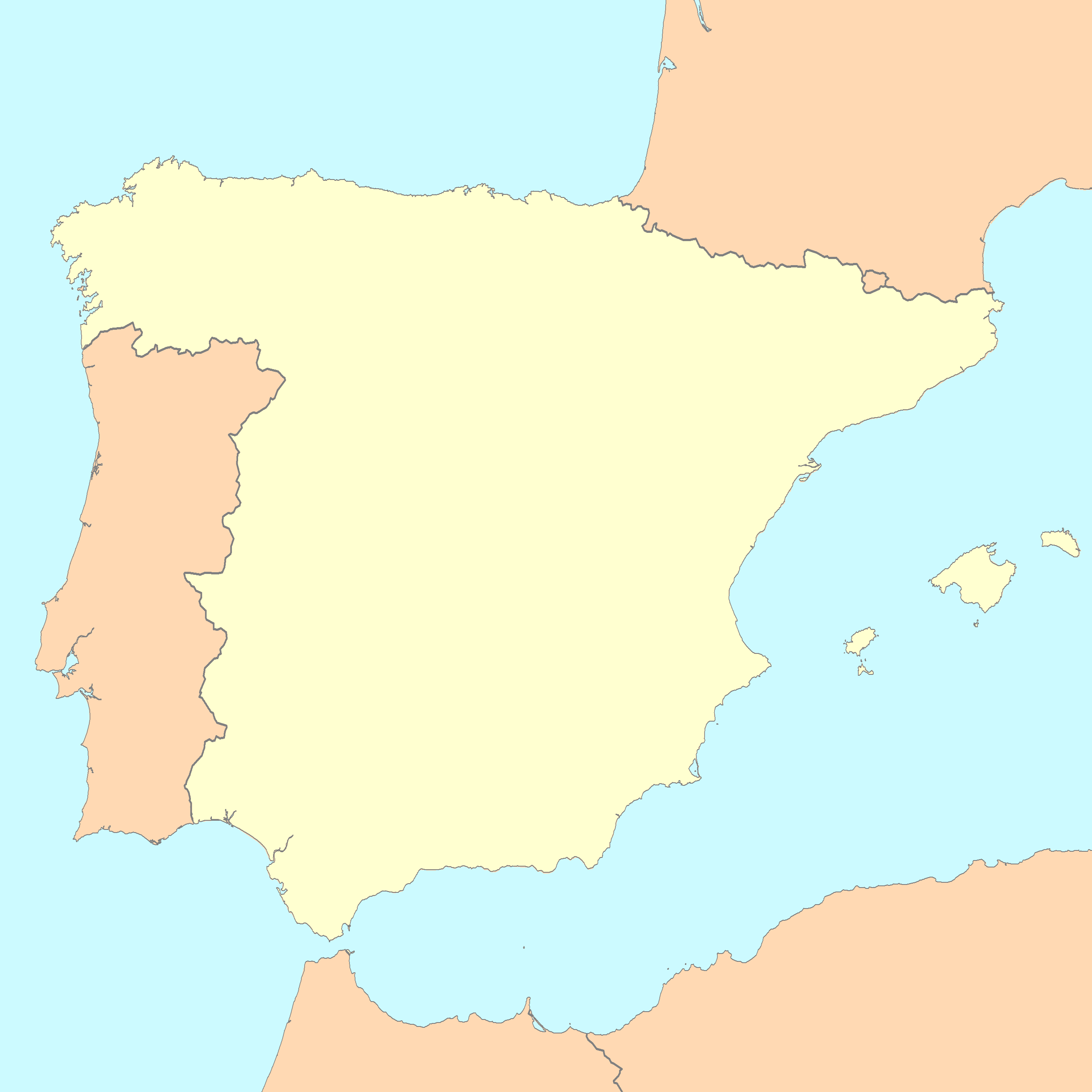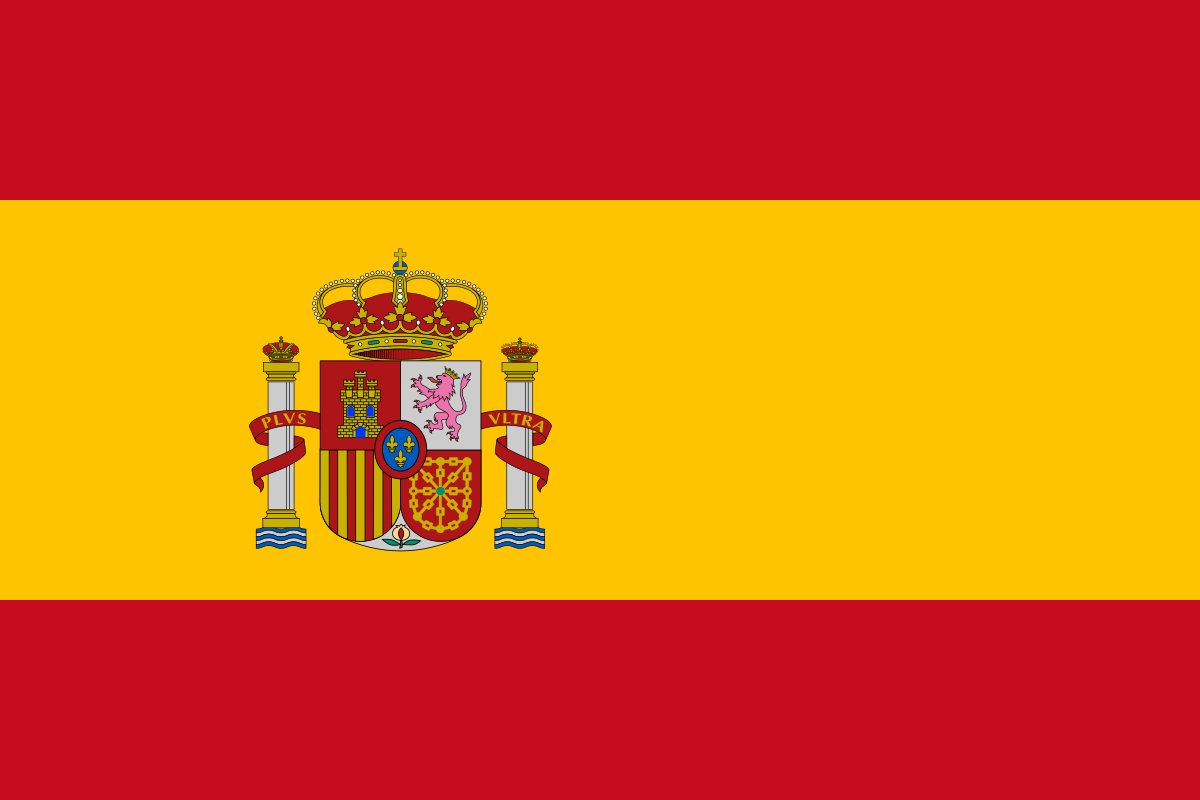In this article, we will explore six different ways to say where you live in Spanish. So, the next time someone asks you “¿Donde vives?” you’ll have plenty of options to respond with. Let’s dive in!
Crafting Your Answer

When crafting your answer to the question “Donde vives? ” (Where do you live? ), it’s important to remember the grammatical conjugation of the verb “vivir” (to live). Depending on where you live, you can reply with the name of your barrio, suburb, village, or pueblo. For example, you could say “Vivo en Xico, Valle de Chalco” if you live in Mexico, or “Vivo en East Harlem” if you live in the United States. Be sure to use the appropriate **grammatical person** (I, you, he/she, we, they) and add any necessary prepositions to your response.
Spanish Essentials: Free eBook Download
Download our free eBook, Spanish Essentials, for a comprehensive guide on how to say where you live in Spanish. When someone asks “Donde vives? ” you can reply with “Vivo en” followed by your location. Use the appropriate verb conjugation based on the grammatical person and add details like your barrio or suburb if needed. Whether you live in a village in Spain or a bustling city in Mexico, these phrases will come in handy.
Practice with friends from Italy, Japan, or any other country to improve your language skills. ¡Buena suerte!
Hispanic Cultural Insights
To say where you live in Spanish, you can use different phrases based on your location. In Spain, you can say “Vivo en España” (I live in Spain) or “Soy de España” (I am from Spain). In Brazil, you can say “Moro no Brasil” or “Sou do Brasil. ” In Italy, it would be “Vivo in Italia” or “Sono italiano/a. ” In East Harlem, you can say “Vivo en East Harlem” or “Soy de East Harlem. ” No matter where you are, be sure to use the correct grammatical conjugation for the verb “vivir” (to live) when stating where you live.
Understanding “Mi casa es su casa”

“Mi casa es su casa” is a common Spanish phrase that translates to “My house is your house. ” It is used to convey hospitality and openness to guests. When someone asks you “Donde vives? ” (Where do you live?
), you can reply with the name of your city or town. For example, if you live in El Centro, California, you can say “Vivo en El Centro, California.
Bonding Through Language
– To say “Where do you live?” in Spanish, you can use the phrase “¿Dónde vives?”
– If you want to respond with where you live, you can say “Vivo en” followed by your location.
– For example, if you live in Mexico City, you would say “Vivo en Ciudad de México.”
– If you live in a smaller town like Valle de Chalco, you would say “Vivo en Valle de Chalco.”
– Learning how to say and respond to this question in Spanish can help you bond with Spanish speakers and practice your language skills.
– So next time someone asks you “¿Dónde vives?” you’ll be ready to respond confidently.
Spanish for Second Language Speakers
1. **Vivo en** is the most common way to say “I live in” in Spanish.
2. You can also use **Resido en** or **Habito en** for a more formal tone.
3. When someone asks you “¿Dónde vives?” you can reply with your location, like **Vivo en México**.
4. If you live in a specific area, you can say **Vivo en el Valle de Chalco**.
5. To talk about your neighborhood, use **Vivo en un pueblo** or **Vivo en La Costera**.
6.
Expressing Your Origin in Spanish

– To specify where you live, you can use phrases like “Vivo en” followed by the city or region, such as “Vivo en Canadá” for Canada or “Vivo en los Estados Unidos” for the United States.
– You can also mention specific locations within a country, like “Vivo en Xico, Valle de Chalco” in Mexico or “Vivo en Georgia” (the country) or “Vivo en Georgia” (the US state).
– Remember to adapt the phrases depending on the gender of the country or region, such as “Soy de Alemania” for Germany or “Soy de Australia” for Australia.
– Practice saying where you live in Spanish to be able to reply effectively to “¿Dónde vives?” and impress others with your language skills.
– By using these phrases, you can confidently express your origin and where you live in Spanish, allowing for smoother conversations and connections with Spanish speakers.
Engaging in Spanish Conversations
When asked “Donde vives? ” in Spanish, you can respond by saying “Vivo en” followed by the name of your city or country. For example, “Vivo en España” means “I live in Spain. ” You can also add more specific details by saying “Vivo en” followed by a specific neighborhood or area.
To ask someone else where they live, you can say “¿Dónde vives? ” which means “Where do you live? ” Engaging in Spanish conversations about where you live is a great way to practice the language and learn more about different cultures.
Navigating Common Spanish Inquiries
When asked “¿Dónde vives? ” (Where do you live? ), you can respond with “Vivo en” followed by your location. For example, “Vivo en España” (I live in Spain). You can also use more specific phrases like “Vivo en la ciudad de” (I live in the city of) or “Vivo en un pueblo llamado” (I live in a town called).
If you want to say you live in a specific area, you can say “Vivo en la zona de” (I live in the area of).
Saying Where You Live: A Spanish Guide
– To say where you live in Spanish, you can use the phrase “Vivo en” followed by your location. For example, “Vivo en España” means “I live in Spain.”
– If someone asks you “¿Dónde vives?” which means “Where do you live?” you can respond with “Vivo en” and your location.
– Other ways to say where you live include “Resido en” or “Habito en,” both meaning “I reside in” or “I live in.”
– You can also mention specific regions or neighborhoods, such as “Vivo en La Costera,” to provide more detail about your location in Spanish.
Spanish Dialogue: Coffee Break Academy
– ¿**Dónde vives**? – Where do you live?
– **Vivo en España**. – I live in Spain.
– **¿Dónde vives tú**? – Where do you live?
– **Vivo en Brasil**. – I live in Brazil.
– **¿Dónde vives**? – Where do you live?
– **Vivo en Francia**. – I live in France.
– **¿Dónde vives tú**? – Where do you live?
– **Vivo en Canadá**. – I live in Canada.
Embracing Hispanic Hospitality
– To say “where you live” in Spanish, you can use the phrase “¿Dónde vives?”
– To reply to this question, you can say “Vivo en” followed by the name of your city or country.
– For example, if you live in France, you can say “Vivo en Francia.”
– If you live in China, you can say “Vivo en China.”
– The same goes for Japan, Denmark, Germany, Georgia, Nepal, Southern Africa, Russia, Western Canada, Africa, and Northern Germany.
– Embrace Hispanic hospitality by learning these simple phrases and engaging in conversations with native Spanish speakers.
Interactive Spanish Learning Episodes

| Episode | Title | Description |
|---|---|---|
| 1 | Episode 1: Mi Casa | In this episode, learn how to say “I live” and describe your house in Spanish. |
| 2 | Episode 2: En el Centro | Practice talking about living in the city center and giving directions to your home. |
| 3 | Episode 3: En las Afueras | Explore how to talk about living in the suburbs and discuss the advantages of suburban living. |
| 4 | Episode 4: En la Playa | Learn how to talk about living by the beach and describe your ideal beach house. |
| 5 | Episode 5: En las Montañas | Practice discussing living in the mountains and talking about outdoor activities you enjoy. |
| 6 | Episode 6: En el Campo | Discover how to talk about living in the countryside and the benefits of rural living. |
Diving Into Spanish Language Essentials

– To say “where you live” in Spanish, you can use the phrase “¿Dónde vives?”
– Respond by saying “Vivo en” followed by the name of your location.
– For example, “Vivo en España” means “I live in Spain.”
– You can also say “Vivo en una ciudad” for “I live in a city.”
– Or “Vivo en un pueblo” for “I live in a town.”
– Practice these phrases with a Spanish-speaking friend to improve your language skills.
Strengthen Your Spanish Speaking Skills

– Vivo en (I live in) followed by the name of your city or town is the most common way to say where you live in Spanish.
– If you want to be more specific, you can say Vivo en (I live in) followed by the name of your neighborhood or street.
– Another way to say where you live is Soy de (I am from) followed by the name of your city or country.
– If someone asks you Donde vives? (Where do you live?), you can simply respond with Vivo en (I live in) followed by your location.
– Practice these phrases with native Spanish speakers to improve your language skills.
– By using these simple phrases, you can confidently talk about where you live in Spanish.
Connecting with Locals Using Spanish
To tell someone where you live in Spanish, you can say “Vivo en” followed by the name of your city or country. For example, “Vivo en España” means “I live in Spain.” If someone asks you “¿Dónde vives?” you can reply with “Vivo en” and the location.
If you want to be more specific, you can include the region or neighborhood where you live. For instance, “Vivo en el sur de España” means “I live in the south of Spain.” This can help you connect with locals by showing that you know more about their country.
Mastering Spanish Language Questions
– To say “Where do you live?” in Spanish, you can ask “¿*Dónde vives*?” or “¿*Dónde resides*?”
– To respond, you can say “Vivo en” followed by the name of your city or country. For example, “Vivo en España” means “I live in Spain.”
– Other ways to say where you live in Spanish include “Soy de” followed by your country or city. For example, “Soy de México” means “I am from Mexico.”
– You can also use the prepositions “en” (in) or “de” (from) to indicate your location.
– Practice these phrases with a Spanish-speaking friend to master your conversation skills.
–
Exploring Spanish Speaking Scenarios
– Vivo en Word (I live in Word).
– Soy de Denmark (I am from Denmark).
– Mi hogar está en Georgia (My home is in Georgia).
– Resido en Nepal (I reside in Nepal).
– Vivo en el sur de África (I live in southern Africa).
– Mi residencia está en Rusia (My residence is in Russia).
– Soy de Canadá occidental (I am from western Canada).
– Mi hogar está en el norte de Alemania (My home is in northern Germany).
– Utiliza estas frases para comunicarte fácilmente sobre tu lugar de residencia en español.

